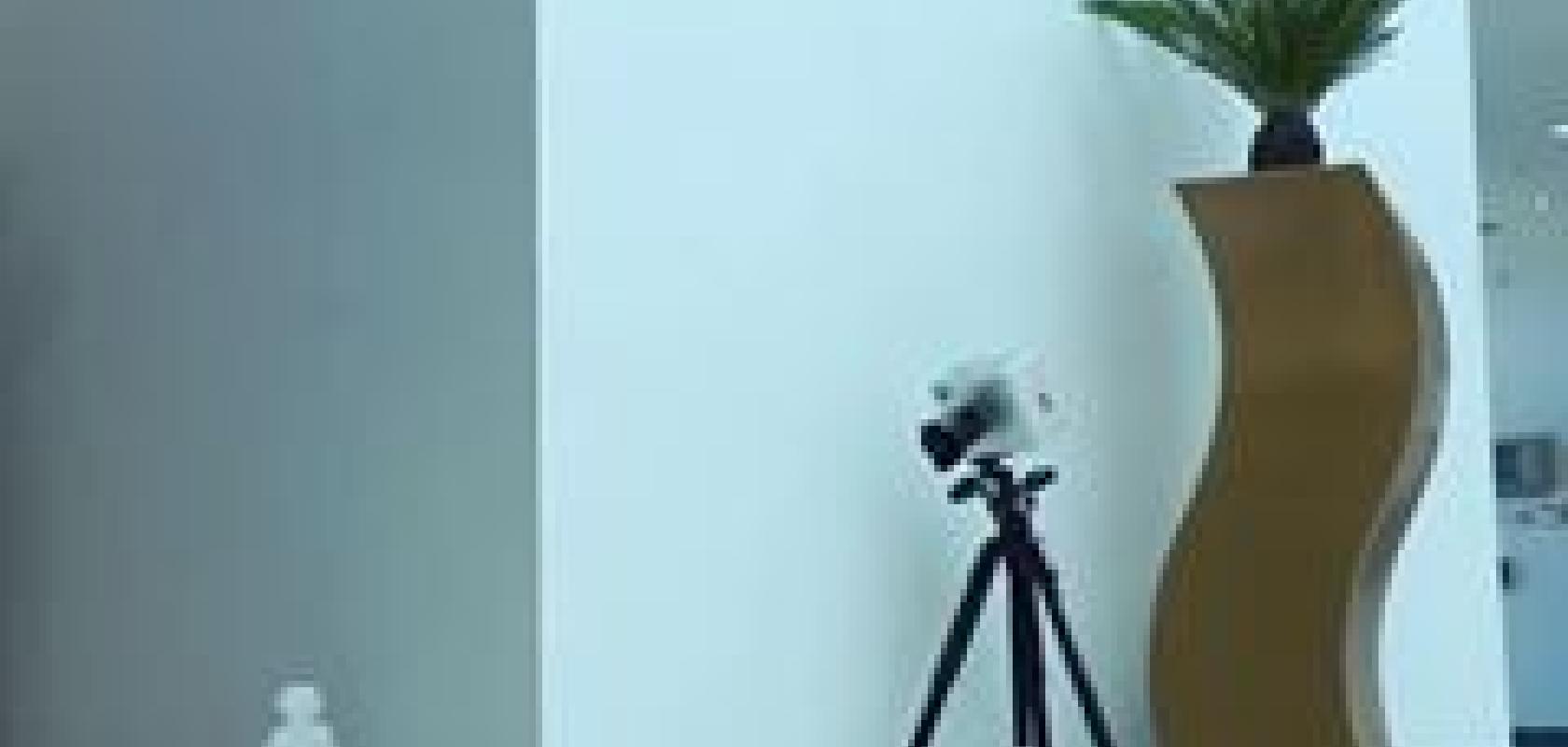A camera system that can see around walls to reveal hidden objects and track their movements has been developed by Heriot-Watt University in Edinburgh. The camera, which has been described in this month’s Nature Photonics, could be used in the future for improving safety in disaster zones or on the road.
The camera set-up consists of single-photon avalanche diode (SPAD) camera and a laser. To locate an object that is hidden behind a wall, for example, short pulses of laser light are fired onto the floor just beyond the edge of the wall. When the laser hits the floor, light is sent in every direction and travels behind the wall to reach the hidden object. The light then bounces off this object – much like an echo – and is sent back where it came from.
‘By measuring the time it takes [light] to return to the camera, we know how far away the object is,’ explained Genevieve Gariepy, a PhD researcher from Heriot-Watt University’s extreme light group. ‘By recording the shape of the laser “echo”, we know what direction it’s coming from. It takes only a second for the camera to record all of this: so if the object is moving, we can follow it.’
For such a task, an extremely fast and sensitive camera is needed. The Heriot-Watt team has been using a camera based at the University of Edinburgh that is able to capture single photons of light at exceptionally high speeds of 20 billion frames per second.
The ability to detect the three-dimensional shape of static, hidden objects has been demonstrated before, but the long acquisition time required by those methods meant that objects could not be tracked in real-time.
‘We can now track hidden objects in real time and we’re still making discoveries about how the light identifies the objects, and can picture them in considerable detail,’ Professor Daniele Faccio from Heriot-Watt said.
‘We’ve already increased the distance from which the camera system will work, which is over several metres. We’re also focusing on how we could attempt 3D reconstruction of the objects captured by the camera.’
According to the researchers, this technology could be used to improve safety in a number of real-life situations. For example, it could be used in rescue situations, when the terrain is dangerous, or when it is dangerous for rescuers to enter a building without knowing what is inside. It could also be installed in cars to detect incoming vehicles, cyclists, or pedestrians from around the corner.
Further information


